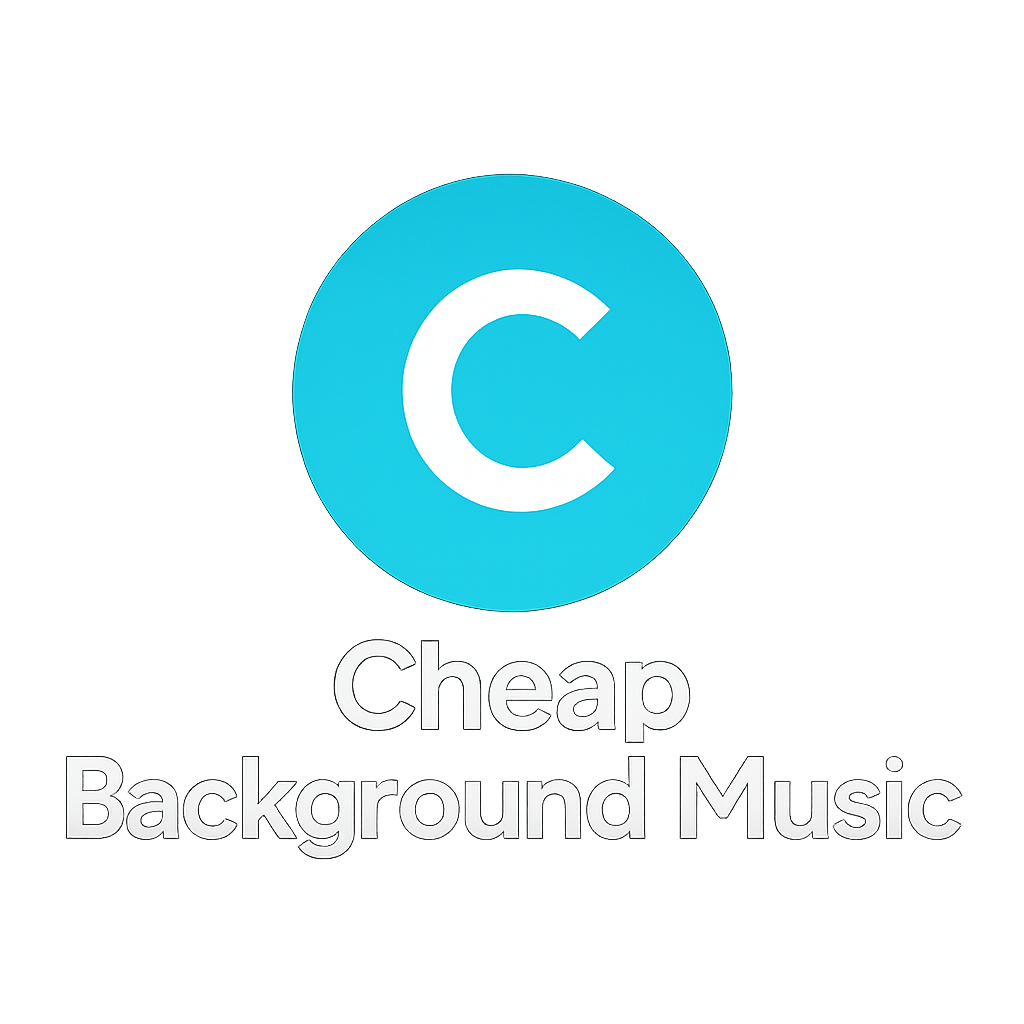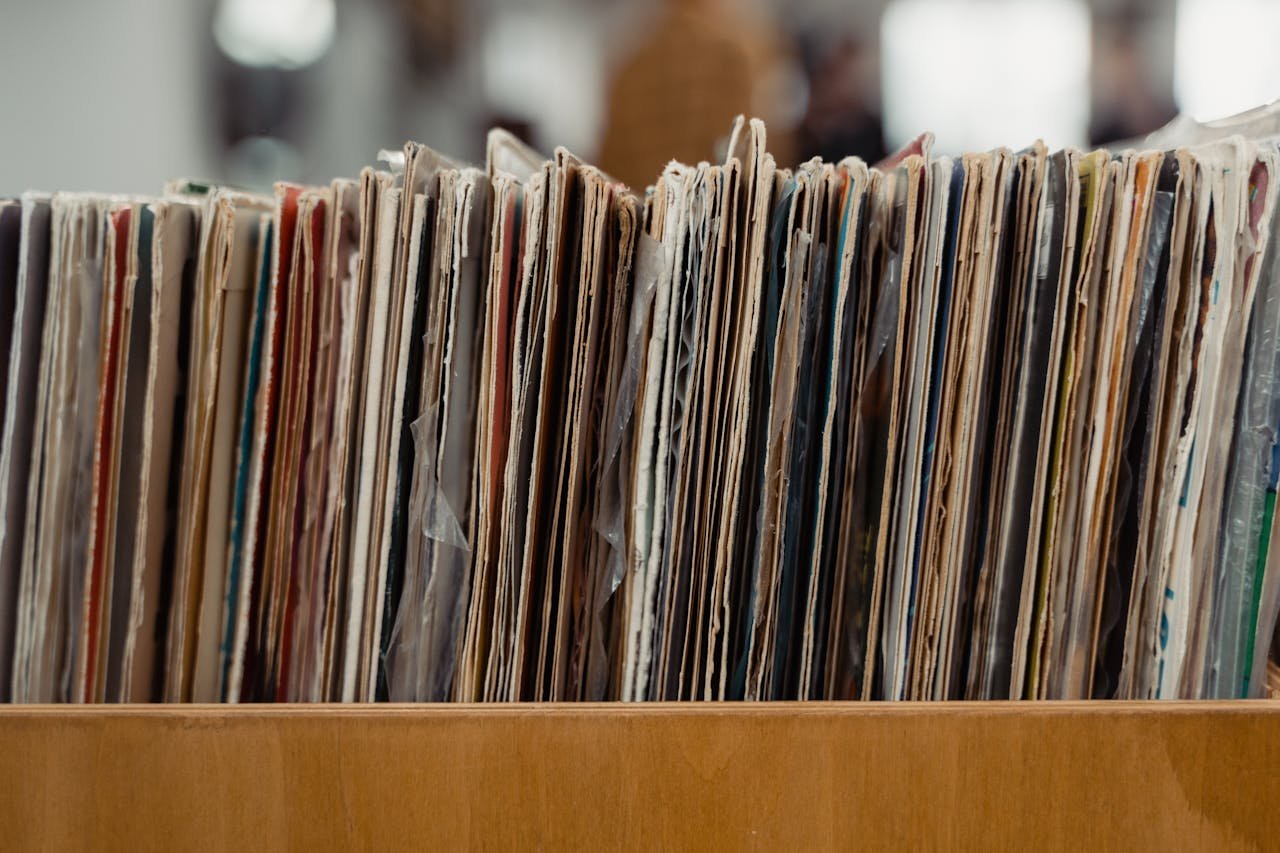If you’ve ever tried searching “free background music,” you know the pain. One moment you find a catchy tune, the next you’re knee-deep in legal jargon about “non-commercial attribution-only licenses.” Confusing. The truth is, royalty-free doesn’t always mean free—and misunderstanding the fine print can land you in trouble.
What “Royalty-Free” Really Means
Royalty-free music simply means you pay once (or sometimes not at all) and then use it multiple times without paying royalties each time. But “royalty-free” isn’t the same as “copyright-free.” The composer still owns the track—you’re just buying usage rights.
Common Pitfalls
- Hidden Restrictions: Some sites let you use music for YouTube but not ads.
- Attribution Requirements: Free music often requires credit in your video description. Forget once and you risk a strike.
- Quality Gaps: Free tracks can sound generic or amateurish, which hurts your content.
Why Cheap Music Beats Free Music
When you spend a few dollars on music, you’re buying peace of mind. With platforms like Cheap Background Music, you get:
- Clear licenses (no guesswork).
- High production value tracks.
- Instant downloads.
- No risk of takedowns.
How to Vet a Track Before You Buy
- Check License Terms: Make sure it covers your use case (ads, YouTube, podcasts).
- Listen for Loops: Good tracks often loop cleanly, which helps in editing.
- Consider Versatility: Will the track work across multiple projects?
Best Practices for Creators
- Keep a “music library” folder of your purchases for easy reuse.
- Use consistent genres to strengthen brand identity.
- Test different tracks in your edits before finalizing.
Conclusion
Free music seems tempting, but the risks often outweigh the rewards. For just a few bucks, you can secure tracks that are safe, polished, and professional. Your content deserves more than stock freebies—it deserves a sound that elevates it.





